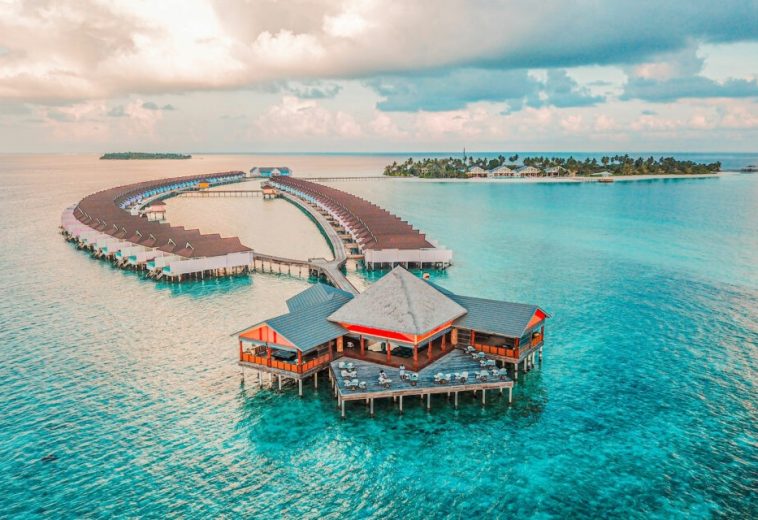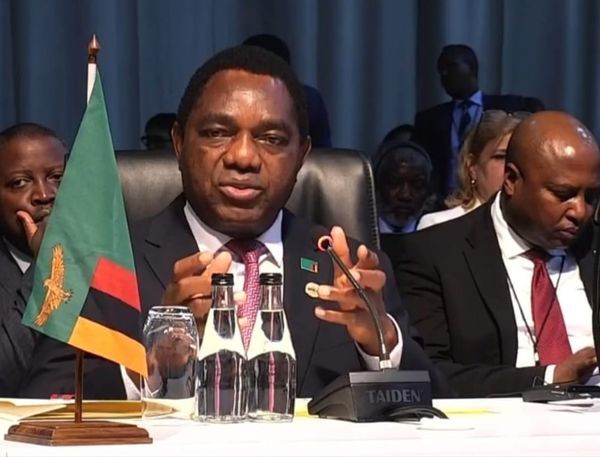African youth are hungry for solutions now more than ever. They are taking up space and creating influence in their spheres of power. As a result, many of them are keen on identifying, understanding, and addressing issues that are key to them. Doing this allows them to form various movements to advocate for different causes worldwide. One of them, crucial to our discussion today, is the young people developing youth-led political activities in Africa. One way they do this is by using various media platforms to voice their concerns about issues they believe should be addressed.
The United Nations is entirely on board with this. According to them, youths can be a creative force and a dynamic source of innovations, and they have undoubtedly participated in, contributed to, and even catalysed significant changes in political systems, power-sharing dynamics, and economic opportunities throughout history.
In East Africa, for instance, Filimbi from the Democratic Republic of the Congo is a notable youth movement from the Democratic Republic of the Congo. Filimbi is a pro-democracy and civil society movement that advocates against poor governance and human rights violations and demands that the Democratic Republic of the Congo’s constitution be respected. This movement works specifically with youth to promote exercising the rights to freedom of expression, association, assembly, and thought. The movement organises peaceful demonstrations, sit-ins, debates, and press conferences.
Another East African organisation is Forces for Change in Sudan, which was founded in January 2019 during the 2018–19 Sudanese protests. One of their successes in their political movement is that they drafted a “Declaration of Freedom and Change” and “Freedom and Change Charter” calling for the removal of President Omar al-Bashir from power, which occurred after several months of protest in the April 2019 Sudanese coup d’état.
The FFC continued coordinating protest actions and, in July 2019, negotiated a power-sharing agreement with the Transitional Military Council (TMC) for a democratic transition. On July 17, 2019, the contract was signed.
Nonetheless, in Kenya, the Madaraka People’s Movement, formerly known as the Madaraka Party of Kenya, is also a Kenyan political party that describes itself as “youth-focused.”
The Madaraka Party, founded in June 2005, has championed the cause of oppressed youth, students, women, workers, peasants, the unemployed, the disabled, and low-income people. The only party that insisted on “No Constitutional Reforms, No Elections” and boycotted the fraudulent 2007 elections was the Madaraka Party.
The party was provisionally registered as a political party on May 20, 2010, under the Political Parties Act (2007). Following the passage of Kenya’s Political Parties Act (2007), all political parties were required to re-register by January 1, 2009, or face de-registration. Madaraka still needs to meet the deadline, but it did request re-registration in October 2009.
On December 4–6, 2009, the Madaraka Party of Kenya held its first annual national conference at the Kenya Polytechnic in Nairobi, where new interim officials were elected. The Madaraka Party renamed itself the Madaraka People’s Movement and is still attempting to re-register.
In West Africa, one youth movement that has demonstrated political activism since 1935 is the West African Youth League (WAYL). I. T. A. Wallace-Johnson founded this organisation in June 1935. The group was notable for being a major political force against the colonial government in West Africa, particularly in the Gold Coast and Sierra Leone. The League was the first political movement in the region to “recruit women into the organisation’s main membership and decision-making bodies.”
The League’s popularity grew as Wallace-Johnson returned to Sierra Leone in 1938. The League ran for and won a seat on the Freetown City Council in the same year. Wallace-Johnson claimed that the organisation had 40,000 members at the time. Following the election victory in Freetown, British authorities arrested Wallace-Johnson. The League fell apart after Wallace-Johnson was imprisoned on Sherbro Island in 1939. Wallace-Johnson incorporated the organisation into the Pan-African Federation, established in Manchester, United Kingdom, after attempting to resurrect it in 1944. In 1950, he merged it with the Sierra Leone National Council.
Beginning in 1936, Mary Lokko worked as Wallace-Johnson’s assistant, becoming the first woman in West Africa to hold a position in a political organisation.
Youth activists in South Africa are critical to ending all misconduct and violence against young people. Gender-based violence (GBV) includes physical, psychological, financial, verbal, emotional, and economic violence.
Youth, Governance, and Participation: Major Issues
UN projects that Many young people in the region have remained politically active through “political movements” rather than engaging with and in political parties since the Arab Awakening. Young men and women have traditionally been politically active in universities (when permitted), but they are frequently disillusioned with political leadership and institutions and excluded from policy development. As a result, youth political activism needs to be organised into formal groups.
The possibilities for young people to participate in governance and political and decision-making processes are heavily influenced by political, socioeconomic, and cultural contexts, where social norms in many parts of the world result in various forms of discrimination against young women. Political participation can be defined as both formal and informal engagement, and both are beneficial to a vibrant and resilient democracy and should be encouraged.
Additionally, there is ample indication that young people participate in formal, institutional political processes at a lower rate than older citizens worldwide. This calls into question the political system’s representativeness and leads to the disenfranchisement of young people.
The emphasis on youth engagement in politics is a relatively new priority. Still, it is incredibly timely, especially in light of recent events and democratic transitions in Arab countries and other regions. The “World Programme of Action for Youth for 2000 and Beyond” mentioned the importance of youth participation in decision-making but provided no concrete interventions.
Only some parties can solve the societal issue of youth political participation. It is a long-term issue that will necessitate gradual change. At the same time, election campaigns, political action committees (PACs), super PACS, and grassroots political advocacy organisations can use strategies to better reach out to young people. An effective strategy for engaging with youth can make a significant difference. Here are some concrete strategies for increasing young people’s involvement in politics and public affairs:
As simple as it is, listening is one of the most effective ways to reach out to young people and encourage their participation in politics. As previously stated, many teenagers and young adults are discouraged from participating in politics. In other words, they believe they are unheard and unimportant. You can help change this by listening to them and attempting to address their concerns. Of course, you do not have to agree with everything they say, but you should at least hear them out, actively listen to what they have to say, and make them feel heard.
Young people are less likely to vote, less likely to donate, and less likely to participate in politics more broadly. There is no dispute over the data. At the same time, that can become a self-fulfilling prophecy. Too many campaigns and political advocacy groups “write off” young people. You need to engage with young voters proactively. This means putting natural resources into reaching young people, listening to their concerns, and developing a strategy that works.


